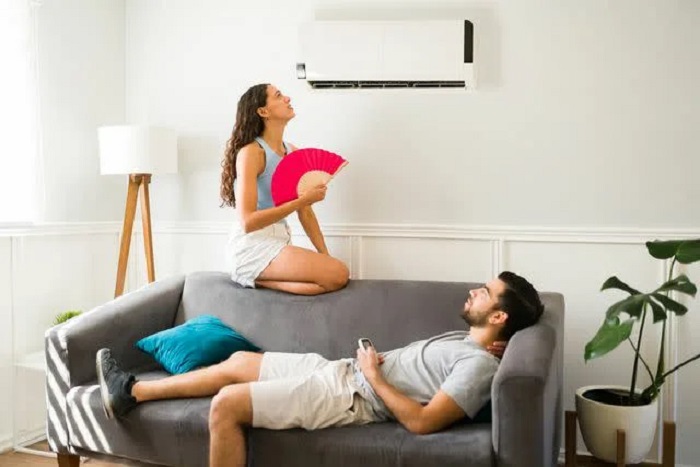Few things are more frustrating on a hot day than switching on your air conditioner only to feel warm air coming from the vents. This issue not only makes your home uncomfortable but also signals that something in the system is not working correctly. Understanding the possible causes can help you decide whether a simple fix is possible or if professional air conditioner repair is needed.
1. Incorrect thermostat settings
Sometimes the problem is as simple as the thermostat being set incorrectly. If the thermostat is set to “heat” instead of “cool” or the fan is set to “on” instead of “auto,” the system may blow warm air. Double-checking settings should always be the first step.
2. Dirty air filter
A clogged filter restricts airflow, making it harder for the system to cool the air. In severe cases, restricted airflow can cause the evaporator coil to freeze, which then prevents proper cooling. Replacing the filter every 1–3 months is an easy way to prevent this issue.
3. Refrigerant leaks
Refrigerant is the substance that absorbs heat from the indoor air and releases it outside. If the system is low on refrigerant due to a leak, it cannot cool effectively. Signs of a refrigerant issue include ice on the outdoor unit, hissing sounds, or reduced cooling capacity. Repairing leaks and recharging refrigerant must be done by licensed technicians.
4. Dirty condenser coils
The outdoor condenser unit releases heat removed from your home. If the coils are covered with dirt, grass, or debris, they cannot release heat properly, and warm air may circulate indoors. Cleaning the coils restores efficiency and cooling performance.
5. Electrical problems
Air conditioners rely on multiple electrical components, including capacitors, relays, and control boards. If one of these fails, the cooling cycle may be disrupted, causing the system to run without producing cold air. Diagnosing electrical issues requires specialized tools and should only be done by professionals.
6. Frozen evaporator coil
When the evaporator coil freezes, airflow is blocked, and warm air comes from the vents. Causes include low refrigerant, dirty filters, or restricted airflow from blocked ducts. Turning off the system and allowing the coil to thaw is necessary before addressing the root cause.
7. Ductwork leaks
If your ductwork has gaps or holes, cool air may escape before reaching your rooms. Instead of cooling, you may feel warm air coming from the vents. Duct sealing improves cooling efficiency and prevents wasted energy.
8. Outdoor unit problems
If the outdoor condenser unit loses power or malfunctions, the indoor blower may still push air through the vents—but it won’t be cooled. This can happen due to a tripped breaker, damaged fan motor, or compressor failure.
Prevention tips
- Replace air filters regularly.
- Keep outdoor units free from dirt and debris.
- Schedule annual professional inspections to check refrigerant levels and electrical components.
- Seal ductwork to prevent leaks.
- Monitor thermostat settings and batteries.
When to call a professional
While checking thermostat settings and replacing filters are easy DIY steps, issues like refrigerant leaks, electrical failures, or compressor problems require trained technicians. Attempting to fix these on your own can be unsafe and may lead to further damage.






